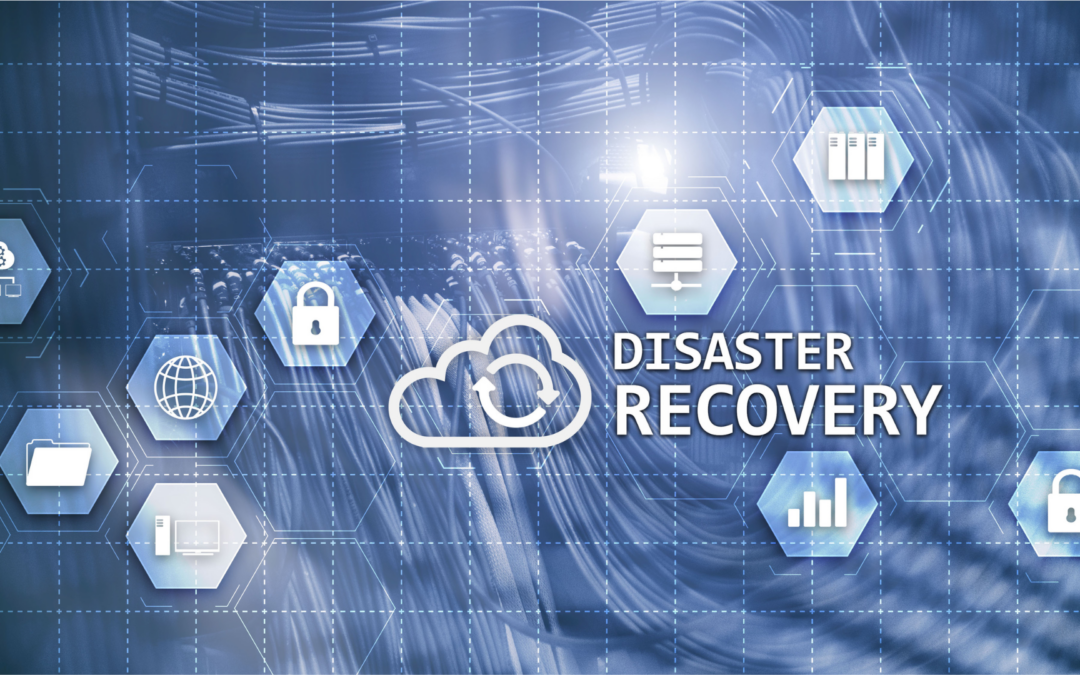A financial firm loses access to critical customer data overnight due to a server crash. The IT team discovers outdated, misconfigured backups, leading to lost revenue, fines, and damaged trust. A strong disaster recovery plan could have prevented this.
If this scenario makes you uneasy, you’re not alone. Many businesses operate under a false sense of security regarding backup and disaster recovery plans.
Recognizing the Need for a Disaster Recovery Upgrade
It is common for businesses to believe that their disaster recovery plans are sufficient until a disaster reveals the opposite. Your company can avoid costly setbacks through early warning signs. These sections describe essential indicators that your disaster recovery strategy requires improvement and advise on what actions to take.
These indicators indicate a need for better disaster recovery measures while offering actionable advice for improving business continuity strategies.
1. Outdated Recovery Time Objectives (RTOs) and Recovery Point Objectives (RPOs)
Is your current business need aligned with your recovery goals? Many companies haven’t reevaluated their Recovery Time Objective (RTO) and Recovery Point Objective, which they set years ago. Older goals, however, are occasionally insufficient when operations expand, and customer demands rise.
Consider this: 73% of businesses that lose data for more than 10 days file for bankruptcy within a year. That is why disaster recovery targets should be reviewed frequently.
Assess whether your RTOs and RPOs satisfy the operational demands by working with IT stakeholders. To minimize downtime, it could be necessary to implement contemporary technologies like cloud-based disaster recovery services and real-time replication.
2. Increasing Frequency of Cybersecurity Threats and Attacks
Modern cyberattacks show both rising frequency and greater complexity. Ransomware is currently the most prevalent threat that renders businesses inoperable by holding their systems hostage until they pay the ransom. According to AAG, this is still a significant threat, with the exception $623.3 million ransomware attacks reported worldwide in 2021, compared to a 105% increase from 2020.
Current plans must keep pace with rapidly changing cyber threats, or your business risks devastating data loss and extended downtime. This is a significant disaster recovery gap that needs urgent attention.
Multi-layered cybersecurity defenses should prevent data loss, and your recovery plan should include regular testing against simulated cyberattacks. Encryption of backups and offsite storage solutions should be part of the strategy.
3. Over-reliance on Legacy Backup Systems
Most legacy backup systems cannot address the challenges of modern workloads. Tape backup remains useful for long-term archiving but cannot provide the rapid recovery times required in a disaster. In addition, legacy systems are more likely to fail and may not be compatible with newer cloud-based architectures.
One large healthcare provider discovered its outdated backup solution crashed during a power outage. This put critical patient information beyond reach, requiring the organization to halt operations temporarily—a situation that could have been prevented by upgrading business continuity strategies.
Move to hybrid or all cloud-based systems that offer faster data recovery and more excellent elasticity. Services like disaster recovery-as-a-service (DRaaS) can also make the recovery processes more efficient and cut down on downtime by a significant margin.
4. Lack of Regular Testing and Plan Updates
When was the last time your disaster recovery plan was tested? The document reveals that 23% of organizations never test their disaster recovery plans. Without regular testing, even the best plan is just a document with no guarantee it will work in a crisis.
The testing process aims to identify weak points in disaster recovery plans and verify that backup systems and communication protocols among the team and third parties operate as planned.
Perform regular disaster recovery drills in different failure scenarios, such as natural disasters, system failures, and cyberattacks. Then, document the after-effects of each test and improve the plan for any vices discovered.
5. Compliance and Regulatory Pressure
Finance, manufacturing, and healthcare companies require strict regulatory rules for data protection and availability; thus, strict rules apply to them. Non-compliance will result in fines, damage to reputation, and even the loss of permission to operate. Your business is at high risk if your disaster recovery plan does not comply with the latest regulations.
For example, financial services organizations are expected to comply with strict rules, including the Gramm-Leach-Bliley Act (GLBA), which sets high standards for data security. Failure to meet these standards is severe and legal.
Learn more about the importance of compliance in your disaster recovery plan and how to conduct a compliance audit. It is essential to consult with legal and compliance professionals to anticipate regulation changes that may affect your organization’s backup and disaster recovery plans.
Strengthening Your Disaster Recovery and Business Continuity Strategies
By responding to these signs, companies build defenses to reduce risks and create future-resistant business operations. Investing in business continuity and disaster recovery solutions is critical because it prevents enormous downtime and data loss costs.
BlueTeam Networks offers complete disaster recovery solutions that address data loss and support efficient data recovery with a specialized service for disaster recovery gaps.
Our experts will collaborate extensively with your team to determine vulnerabilities so they can implement innovative recovery strategies that match your business evolution.
Don’t wait until disaster strikes. Contact BlueTeam Networks today to schedule a consultation and secure your business’s future with a solid disaster recovery plan.

